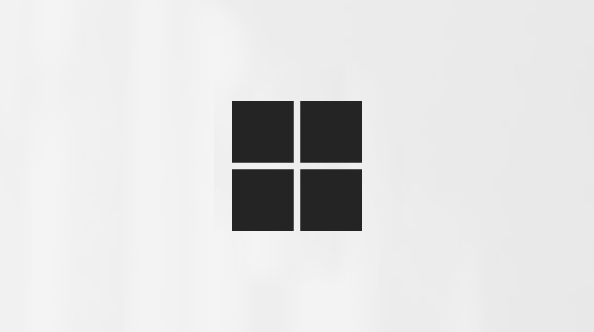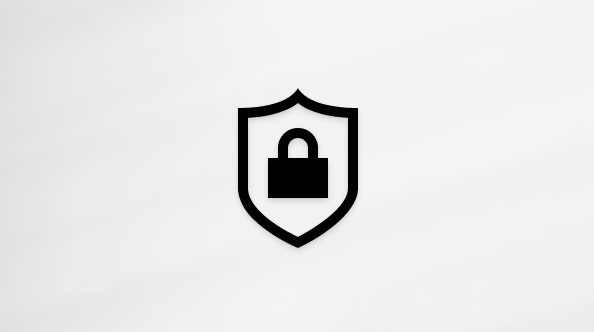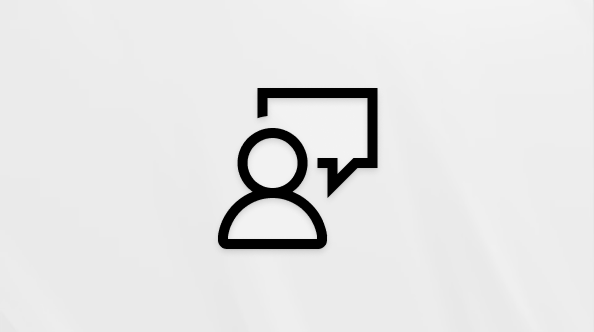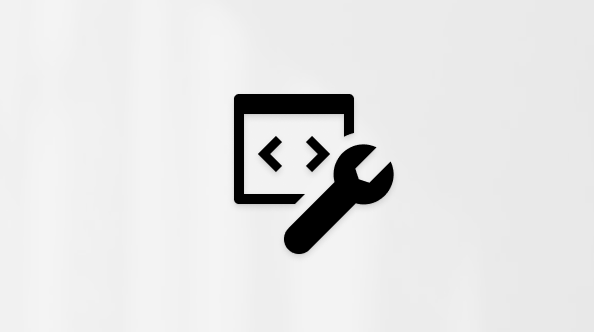Creating and using a USB recovery drive for Surface
Applies To
Note: If you're an IT admin, managing Surface for Business devices in your organization, see Recovery tool (Surface IT Toolkit) for another way to restore a supported Surface device to its factory state.
If Windows won't start or isn't responding, you can use a USB recovery drive to access recovery tools and solve problems. Your Surface comes with Windows recovery info that allows you to refresh it or reset it to its factory condition. If your Surface does turn on, see Restore or reset Surface for some other options.
A recovery drive lets you reset your Surface to its factory settings and can help you troubleshoot and fix problems with your Surface device.
Note: This video is available in English only.
There are several steps involved in creating and using a USB recovery drive. Please select the area where you need assistance. If you are just starting, begin by downloading the factory recovery image.
Download a factory recovery image
If your Surface is working or you have access to another Windows PC, go to the Surface Recovery Image Download page. Select your Surface, then download the recovery image as a .zip file for that device.
Download Recovery Image
Tip: Multiple recovery images may be available for download. We recommend selecting the most recent version.
Create a USB factory recovery drive
After you've downloaded the recovery image .zip file, you'll need to provide an external USB drive that:
-
Has enough storage size to fit the recovery image you download. 32 GB is large enough to fit any recovery image, but you may be able to use a smaller size depending on the image downloaded.
-
Is formatted with the FAT32 file system. This is necessary to boot the device from and the tool will automatically partition and format the drive for you.
-
Is a USB 3.0 or higher drive for best performance.
Windows comes with a built-in tool to help create the USB recovery drive. Follow these steps:
Important: Creating a recovery drive will erase everything that’s stored on your USB drive. Make sure you're using a blank USB drive, or be sure to transfer any important data on your USB drive to another storage device before using it to create a recovery drive.
-
Insert the USB recovery drive into the USB port.
-
Select Start, enter recovery drive, and then select Create a recovery drive or Recovery Drive from the results. You may need to enter an admin password or confirm your choice.
-
In the User Account Control box, select Yes.
-
Clear the Back up system files to the recovery drive check box and then select Next.
-
Select your USB drive, and then select Next > Create. Some utilities need to be copied to the recovery drive, so this might take a few minutes.
-
When the recovery drive is ready, select Finish.
-
Double-click the recovery image .zip file that you previously downloaded to open it.
-
Select all the files from the recovery image folder, copy them to the USB recovery drive you created, and then select Replace the files in the destination.
-
After the files have finished copying, select the Safely Remove Hardware and Eject Media icon on the taskbar, and remove your USB.
Use the USB recovery drive
A reset returns your Surface to its factory settings. It deletes all your personal files, resets your settings, and removes all apps that you installed.
Before you begin, make sure you have access to the product keys and installation files for any desktop apps, such as Microsoft Office, that you plan to reinstall after the reset.
When you're ready, here's how to reset your Surface:
-
Make sure your Surface is turned off and plugged in, and then insert the USB recovery drive into the USB port.
-
Press and hold the volume-down button while you press and release the power button.
-
When the Microsoft or Surface logo appears, release the volume-down button.
-
When prompted, select the language and keyboard layout you want.
-
Select Recover from a drive or Troubleshoot > Recover from a drive. If prompted for a recovery key, select Skip this drive at the bottom of the screen.
-
Choose either Just remove my files or Fully clean the drive. The option to clean the drive is more secure but takes much longer. For example, if you’re recycling your Surface, you should clean the drive. If you’re keeping your Surface, you just need to remove your files.
-
Select Recover. Surface restarts and displays the Surface logo while the reset process continues. This can take several minutes.
Note: If you previously upgraded from Windows 11 Home to Windows 11 Pro, your Surface device will be running Windows 11 Home. Because you already purchased the digital license, you can upgrade from Windows 11 Home to Windows 11 Pro at no additional charge. To upgrade using your digital license for Windows 11 Pro, see Upgrade Windows Home to Windows Pro.
If the USB recovery drive doesn’t work
If you can’t boot from your USB recovery drive or don’t see the Recover from a drive option, you may need to ensure that the boot-from-USB function in the Surface BIOS is enabled or configure the boot order so the USB drive is the first option.
For more USB troubleshooting steps, see Boot Surface from a USB device.
If your USB drive used was more than 32 GB
Here is how to remove the 32 GB partition and get the USB drive back to its full size after you have completed the recovery process.
Note: You will need to use an account with Administrator access to complete these steps.
-
Insert the USB recovery drive into the USB port.
-
Select Start > Settings > System > Storage > Advanced storage settings > Disks & volumesOpen Storage Settings
-
Locate the partition labeled "RECOVERY" from the list of Disks shown. This should show as a FAT32 partition. An Unallocated partition will show below it.
-
Select Properties. The volume properties should look like this: Label: RECOVERY Type: FAT32 partition File System: FAT32 Size 32GB
-
Under Format, select Delete > Delete volume.
-
Navigate back to Disks & volumes, and on Unallocated volume, select Create volume > Create Simple Volume and follow the prompts on screen.
Related topics
Support for Windows 10 ended on October 14, 2025
Microsoft is no longer providing free software updates from Windows Update, technical assistance, or security fixes for Windows 10. Your PC will still work, but we recommend moving to Windows 11.
If Windows won't start or isn't responding, you can use a USB recovery drive to access recovery tools and solve problems. Your Surface comes with Windows recovery info that allows you to refresh it or reset it to its factory condition. If your Surface does turn on, see Restore or reset Surface for some other options.
A recovery drive lets you reset your Surface to its factory settings and can help you troubleshoot and fix problems with your Surface device.

Note: This video is available in English only.
There are several steps involved in creating and using a USB recovery drive. Please select the area where you need assistance. If you are just starting, begin by downloading the factory recovery image.
Download a factory recovery image
If you're able to use your Surface or you have another Windows PC, visit our Surface Recovery Image Download page. From there, select your Surface and download a recovery image .zip file for the device you selected.
Create a USB factory recovery drive
After you've downloaded the recovery image .zip file, you'll need to provide an external USB drive that:
-
Has enough storage size to fit the recovery image you download. 32 GB is large enough to fit any recovery image, but you may be able to use a smaller size depending on the image downloaded.
-
Is formatted with the FAT32 file system. This is necessary to boot the device from and the tool will automatically partition and format the drive for you.
-
Is a USB 3.0 or higher drive for best performance.
Windows comes with a built-in tool to help create the USB recovery drive. Follow these steps:
Important: Creating a recovery drive will erase everything that’s stored on your USB drive. Make sure you're using a blank USB drive, or be sure to transfer any important data on your USB drive to another storage device before using it to create a recovery drive.
-
Insert the USB recovery drive into the USB port.
-
In the search box on the taskbar, enter recovery drive, and then select Create a recovery drive or Recovery Drive from the results. You may need to enter an admin password or confirm your choice.
-
In the User Account Control box, select Yes.
-
Clear the Back up system files to the recovery drive check box and then select Next.
-
Select your USB drive, and then select Next > Create. Some utilities need to be copied to the recovery drive, so this might take a few minutes.
-
When the recovery drive is ready, select Finish.
-
Double-click the recovery image .zip file that you previously downloaded to open it.
-
Select all the files from the recovery image folder, copy them to the USB recovery drive you created, and then select Choose to replace the files in the destination.
-
After the files have finished copying, select the Safely Remove Hardware and Eject Media icon on the taskbar, and remove your USB.
Use the USB recovery drive
A reset returns your Surface to its factory settings. It deletes all your personal files, resets your settings, and removes all apps that you installed.
Before you begin, make sure you have access to the product keys and installation files for any desktop apps, such as Microsoft Office, that you plan to reinstall after the reset.
When you're ready, here's how to reset your Surface:
-
Make sure your Surface is turned off and plugged in, and then insert the USB recovery drive into the USB port.
-
Press and hold the volume-down button while you press and release the power button.
-
When the Microsoft or Surface logo appears, release the volume-down button.
-
When prompted, select the language and keyboard layout you want.
-
Select Recover from a drive or Troubleshoot > Recover from a drive. If prompted for a recovery key, select Skip this drive at the bottom of the screen.
-
Choose either Just remove my files or Fully clean the drive. The option to clean the drive is more secure but takes much longer. For example, if you’re recycling your Surface, you should clean the drive. If you’re keeping your Surface, you just need to remove your files.
-
Select Recover. Surface restarts and displays the Surface logo while the reset process continues. This can take several minutes.
Note: If you previously upgraded from Windows 11 Home to Windows 11 Pro, your Surface device will be running Windows 11 Home. Because you already purchased the digital license, you can upgrade from Windows 11 Home to Windows 11 Pro at no additional charge. To upgrade using your digital license for Windows 11 Pro, see Upgrade Windows Home to Windows Pro.
If the USB recovery drive doesn’t work
If you can’t boot from your USB recovery drive or don’t see the Recover from a drive option, you may need to ensure that the boot-from-USB function in the Surface BIOS is enabled or configure the boot order so the USB drive is the first option.
For more USB troubleshooting steps, see Boot Surface from a USB device.
If your USB drive used was more than 32 GB
Here is how to remove the 32 GB partition and get the USB drive back to its full size after you have completed the recovery process.
Note: You will need to use an account with Administrator access to complete these steps.
-
Insert the USB recovery drive into the USB port.
-
Select Start, enter create and format, and then select Create and format hard disk partitions from the results.
-
Select the partition labeled "RECOVERY" from the list of Disks shown. This should show as 32.00 GB FAT32 partition. An Unallocated partition will show beside it.
-
From the Action menu, select All Tasks > Delete Volume... and select Yes.
-
Select the Unallocated partition and then select All Tasks > New Simple Volume... > and proceed to follow the prompts on screen.
Related topics
Support for Windows 8.1 has ended
Support for Windows 8.1 ended on January 10, 2023. We recommend you move to a Windows 11 PC to continue to receive security updates from Microsoft.
You can use the USB recovery drive to start your Surface if you’re having problems, or to free up storage space.
Your Surface comes with Windows recovery information that allows you to refresh your device or reset it to its factory condition. This recovery information is stored in a dedicated recovery partition on your Surface.
Copying or moving this information to a USB drive has two advantages:
-
Recovery. If you ever have a problem getting your Surface to start, you can use the USB recovery drive to start your Surface.
-
Free up storage. You can free up storage space on your Surface by removing recovery information and storing it on a USB drive. The amount of disk space you can free up varies by device.
Important: If you delete the recovery information from your Surface after you create the USB recovery drive, be sure to keep the USB recovery drive in a safe place. A recovery image will no longer be stored on your Surface, and you'll need your USB recovery drive if you ever need to refresh or reset your Surface.
Create a recovery drive
Surface comes with a built-in tool to create a USB recovery drive. To create a recovery drive, you'll need an external USB drive formatted to FAT32, with enough available storage space for all your recovery data.
Note: You can also download the recovery files from the Surface website. For more info, see Download a recovery image for your Surface.
-
Swipe in from the right edge of the screen, and tap Search. (If you're using a mouse, point to the upper-right corner of the screen, move the mouse pointer down, and click Search.)
-
In the search box, enter recovery, and in the search results, tap or click Recovery, and tap or click Create a recovery drive.
-
In the User Account Control dialog box, tap or click Yes.
-
Tap or click Copy the recovery partition from the PC to the recovery drive, and tap or click Next. The next screen will indicate how much storage space is available on your USB drive.
-
Tap or click Cancel to close the recovery drive tool.
Important: Creating a recovery drive will erase anything that’s already stored on your USB drive. Make sure to transfer any important data from your USB drive to another storage device before using it to create a Surface USB recovery drive.
-
Connect the USB drive to your computer.
-
Open File Explorer, right-click the USB drive, and choose Format.
-
Choose File system > FAT32, and select Start.
-
Connect the power supply to your Surface and plug into an electrical outlet.
-
Insert your USB drive into the USB port on your Surface.
-
Swipe in from the right edge of the screen, and tap or click Search.
-
In the search box, enter recovery, and in the search results, tap or click Recovery, and tap or click Create a recovery drive.
-
In the User Account Control dialog box, tap or click Yes.
-
Tap or click Copy the recovery partition from the PC to the recovery drive, and tap or click Next.
-
Tap or click the USB drive you want to use, and tap or click Next.
-
Tap or click Create.
The recovery image and recovery tools will be copied to your USB drive. Your Surface must stay awake during the copy process, which will take 10 to 15 minutes.
-
After the recovery tools are copied, do one of the following:
-
Tap or click Finish if you want to keep the recovery tools on your Surface.
-
Tap or click Delete the recovery partition if you want to remove the recovery tools from Surface and free up disk space. To confirm, tap or click Delete, and when removal is complete, tap or click Finish.
-
-
Remove your USB drive from Surface and keep it in a safe place. It's best not to use the recovery drive to store other files or data.
Important: If you choose to delete your recovery partition, you’ll need to have your USB recovery drive if you ever need to refresh or reset your Surface.
After you’ve created a recovery drive, you can use it to start your Surface, if needed. For more info, see Boot Surface from a USB device.
Start your Surface using the recovery drive and follow these steps:
-
Choose the language.
-
Choose your keyboard layout.
-
From the Choose an option screen, select Troubleshoot.
-
From the Troubleshoot screen, select Reset your PC.
-
From the Reset your PC screen, do the following:
-
Select Next.
-
Select Yes, repartition the drives.
-
Select Just remove my files or Fully clean the drive.
-
Select Reset.
-
To make sure you’ll be able to boot from the recovery drive, configure the boot order so the USB drive is the first option. For more info, see How do I use the BIOS/UEFI?




